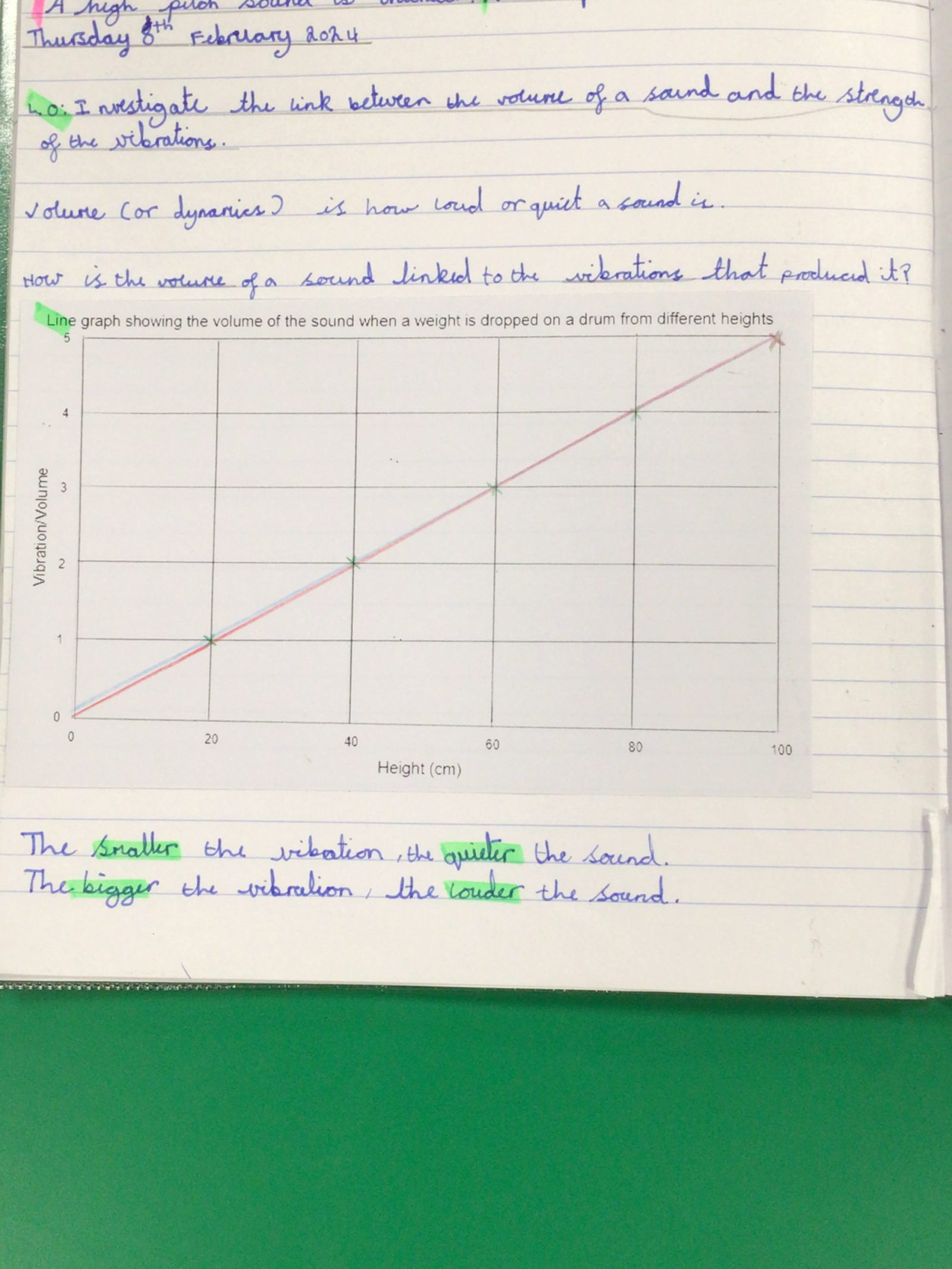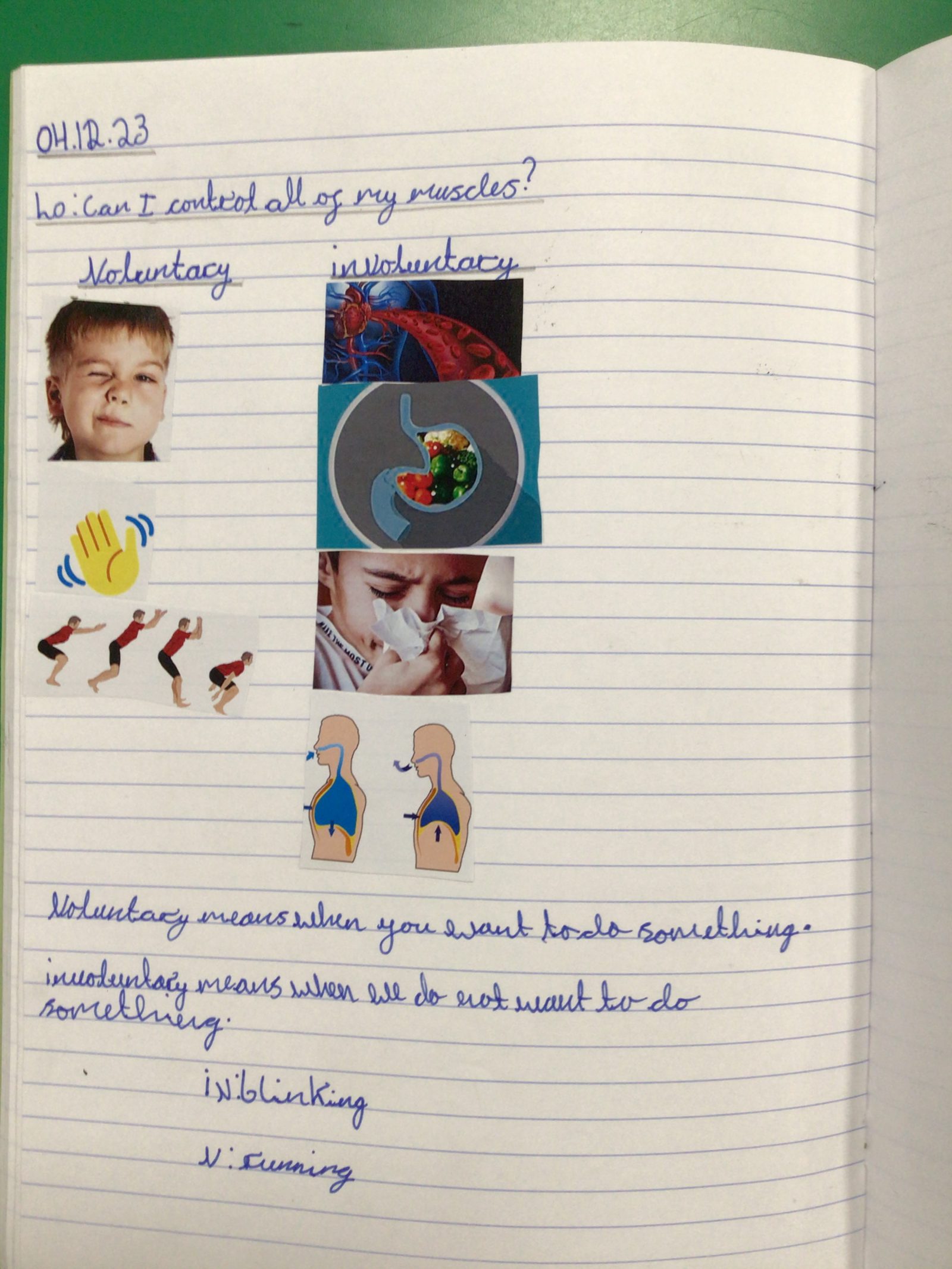This week, a group of children from years 5 and 6 visited Moat Community College for a special science lesson. The lesson gave the children the opportunity to try some practical activities in each of the three disciplines: biology, chemistry and physics. The children used a range of equipment including Bunsen burners and electrical circuits to answer questions and were even treated to some exciting demonstrations. The children came back to Uplands full of enthusiasm for science.
The children of Uplands enjoyed British Science Week by taking part in a range of fun and educational activities.The week began with a live lesson streamed from the BBC website. The children explored invertebrates and their life cycles before solving puzzles to help the hosts find a secret code to solve a special scientific escape room.
Later in the week, the children took part in the ‘Step into the NHS Day.’ Here, they learned that the NHS is bigger and more diverse than the think! We found out that there are 1.4 million people employed by the NHS from lots of different backgrounds and that there are around350 different jobs. The children listened to some real-life workers talk about their role and the children were encouraged to rethink gender stereotypes.
Practical science has been an important part of this week too. All children engaged in some practical science this week and some children presented how they had demonstrated ‘working scientifically’ to the rest of the school in a special assembly.
In what has been another packed week at Uplands, there have been many stars! All of this week’s ‘Stars of the Week’ were chosen for the way they demonstrated that they can work like a scientist.

To enhance and enrich their science curriculum on plants, the year 3 children visited James Coles’ nursery in Thurnby, Leicester, The children learnt all about how to take cuttings from a plant, and what to do to encourage the roots to grow, The children visited the poly tunnels and learnt about all the different germination process and conditions. The misting machine was great! The children learnt lots of new vocabulary such as deciduous and evergreen and learnt the meanings of each. The staff also talked about the uses of different plants, why the plants’ leaves were slightly cut, and about the potting machine. They also discovered that the soil plugs the cuttings are planted into are made from coconut husk (coir); they felt very spongy. Every child also got to plant a seed, which they will receive at school once they have germinated, A big thank you to Ian Edwards and staff @Colesnurseries for a great learning experience.
Follow-up from Year 3’s visit to James Cole’s Nursery
Click here to see what came next.
Click here to see some photos from our recent parent and child science experience.
Children exploring how plants and animals interact in our local environment.
Year 3 explored how muscles in the body work.

Dissecting a lamb’s heart was a fascinating and educational experience for all of year 6, allowing them to learn about the anatomy and function of the heart. In order to dissect a lamb’s heart, they needed a few materials such as gloves, a scalpel or scissors, cling film, and a pencil.
The first step in the dissection process is to examine the outside of the heart. Students observed the size and shape of the heart, as well as the different blood vessels that are attached to it. They identified the four chambers of the heart and the major blood vessels that enter and exit the heart.
Next, they cut open the heart using a scalpel; carefully making an incision along the middle of the heart or around the edge. Once the heart was open, they examined the internal structures. They looked for the valves that controlled the flow of blood through the heart, as well as the different types of muscle tissue that made up the heart. Throughout the dissection, the children asked questions and made observations. The teacher eve used a probe to explore the heart and identify different structures.
In addition to it being an educational experience, dissecting a lamb’s heart was a fun and memorable activity all. By learning about the anatomy and function of the heart, they gained a greater appreciation for this vital organ and the role it plays in our overall health. Can we also send our thanks to Islamabad butchers, in the local area, for providing us with the hearts to dissect? A very supportive and helpful organisation that recognises the importance of providing support for the local area.
This week, Year 6 were visited by veterinary nurses and employees from Vets4Pets. They were also accompanied by two dogs, Mitsie and Boe. The visitors spoke to the children about the day to day life of working in a veterinary practice as well as teaching the children about the heart rates of a variety of animals. The children were able to try out different veterinary equipment and even had the opportunity to listen to the heartbeats of the dogs. The children thoroughly enjoyed meeting the visitors, both humans and animals alike, and were able to ask lots of questions as well as retain lots of key learning.
Y6 are learning to understand the impact that exercise has on the human heart in science. In groups the children discussed each exercise and ranked them in a diamond 9, with the exercise they think has the greatest impact on the heart at the top and the least at the bottom. Lots of discussion about differing ideas with the children justifying their point of view.
Last week, we welcome Mr Abdullatif from Madani Schools Federation to Uplands to take part in our next STEM activity. The children were tasked with the job of creating a marble run that was required to pass three tough tasks. First, they needed to build the biggest tower for the marble but it must be free-standing and structurally secure. They also needed to make the marble run ascetically pleasing to the judge. Finally, they needed to make sure that their tower took the ball on the longest and slowest journey. The children were given time before to plan as a team and then set 45 minutes to build and test their project. The children were able to overcome many challenges including towers collapsing and working out how best to slow down the natural force of gravity. They showed greater determination, adversity and teamwork and most importantly enjoyed the session. Well done to Mrs Khan’s class (Willow) Where both the first and third-place teams were located. We look forward to our next project with Madani and would like to thank them for allowing Mr Abdullatif to come to school.